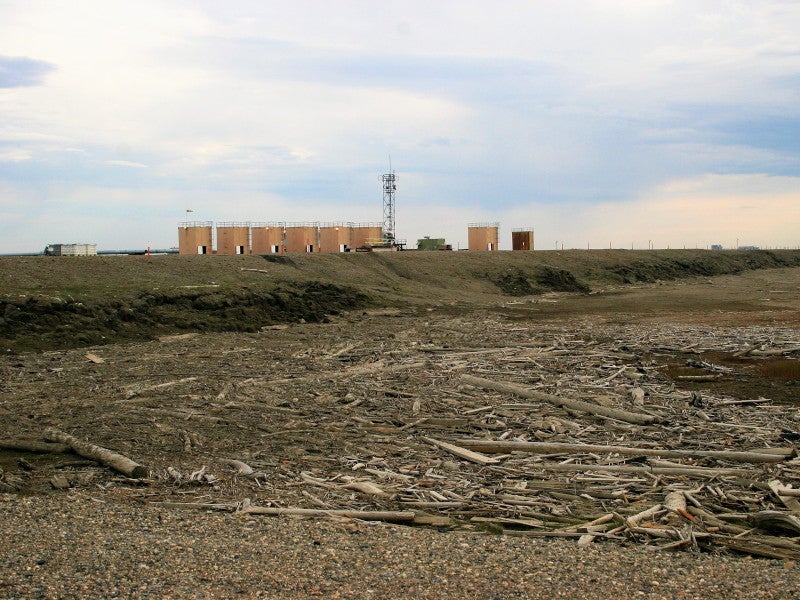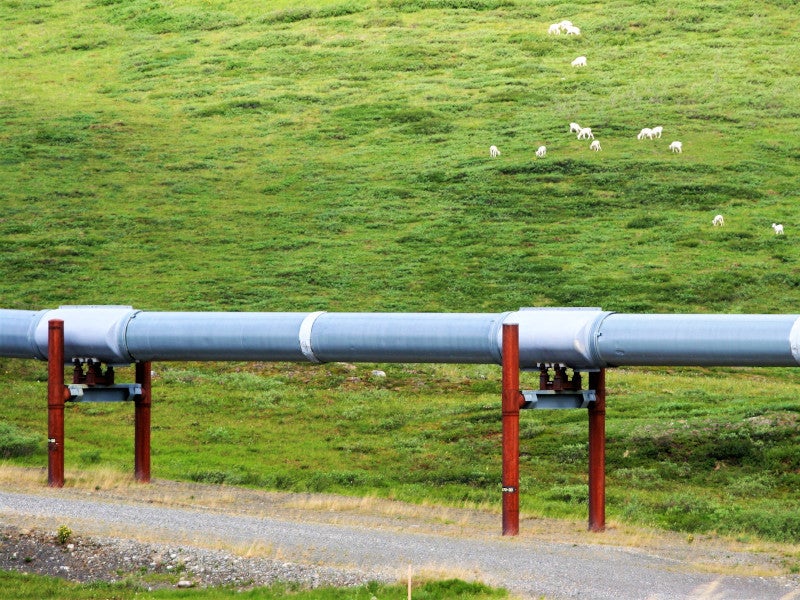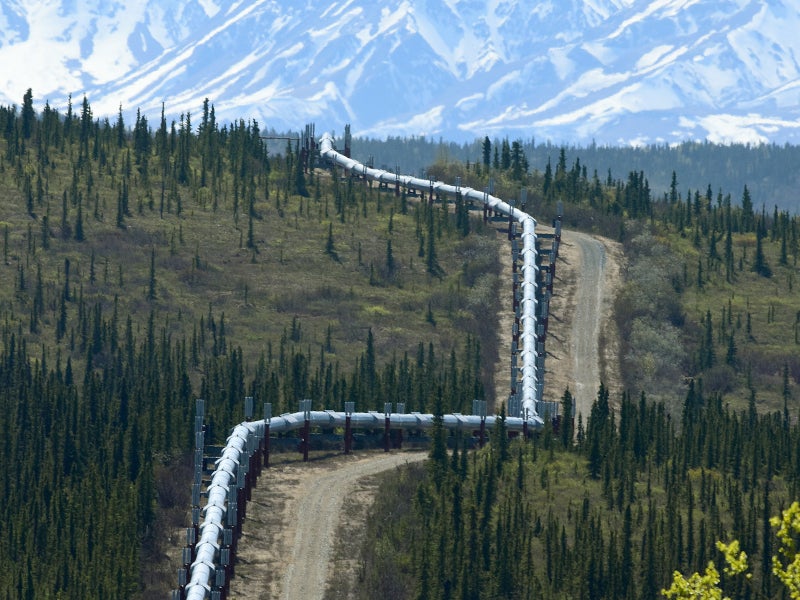The Prudhoe Bay oil field located in the North Slope, Alaska has been producing for more than 40 years and is one of the biggest oil fields in the US.
The giant onshore oil field has produced more than 13 billion barrels of oil till date, far exceeding the originally estimated 9.6 billion barrels of recoverable oil when it commenced production in June 1977.
The oil field produced 270,000 barrels per day (bpd) of oil in 2018.The field’s oil output is transported through the 1,287km-long Trans-Alaska pipeline to Valdez port in south-central Alaska, while the gas output is proposed to be commercialised through the Alaska LNG project.
Operator and ownership details
The Prudhoe Bay oil field is currently operated by BP which has a 26.36% participating interest, while the other stakeholders are ExxonMobil (36.4%), ConocoPhillips (36.07%) and Chevron (1.16%).
BP agreed to sell its stake in the field as well as the Trans-Alaska pipeline to Hilcorp, a Houston-based private oil firm in August 2019.
The £4.6bn ($5.6bn) transaction involving the transfer of BP’s entire Alaska assets is expected to be completed in 2020, after which Hilcorp will become the operator of the Prudhoe Bay field.
Location and field size
The Prudhoe Bay oil field is spread over approximately 213,543 acres on the Beaufort Sea coast, in the North Slope, Alaska.
It is located approximately 400km north of the Arctic Circle and approximately 1,046km away from Anchorage.
Prudhoe Bay oil and gas field details
The field has more than 800 active producing wells and five satellite fields including Aurora, Borealis, Midnight Sun, Polaris and Orion.
The oil reservoirs of the Prudhoe Bay field comprise the Sadlerochit formation at a depth of approximately 9,000ft.
The Prudhoe Bay field is also estimated to contain up to 26 trillion cubic feet (tcf) recoverable natural gas reserves.
Infrastructure facilities
The oil pumped from the wells is processed to remove water and gas before being fed into the Trans-Alaska pipeline system.
The Prudhoe Bay production facility comprises six oil separation units, three on the western side and three on the eastern side, with a total processing capacity of 1.8 million barrels of raw crude a day.
The water and gas removed in the separation units is used to maintain the reservoir pressure.
The production facility also includes a central gas facility, a central power station, a central compressor plant, and sea water treatment and infection facilities.
The natural gas liquids (NGL) are also produced using a refrigeration process. A portion of the gas recovered in oil separation process is used as fuel for the central power station.
Prudhoe Bay field discovery
The Prudhoe Bay oil field was first discovered by oil firms ARCO (Atlantic Richfield Company) and Exxon in March 1968. BP also discovered oil in the western portion of Prudhoe Bay field in March 1969.
Development history
Prudhoe Bay comprised eastern and western operating areas which were operated by BP and ARCO respectively. Both the operating areas were merged to form the giant Prudhoe Bay field with BP as the operator in 2000.
The 1,287km-long and 48in-diametre Trans-Alaska Pipeline was built over a period of three years from 1974 to 1977. The pipeline is used to transport crude oil from Prudhoe Bay to Valdez port in Prince William Sound, where oil is loaded in to tankers.
Fluor was one of the contractors involved in the construction of Trans-Alaska pipeline. Michael Baker International provided engineering consultancy services for the pipeline construction.





